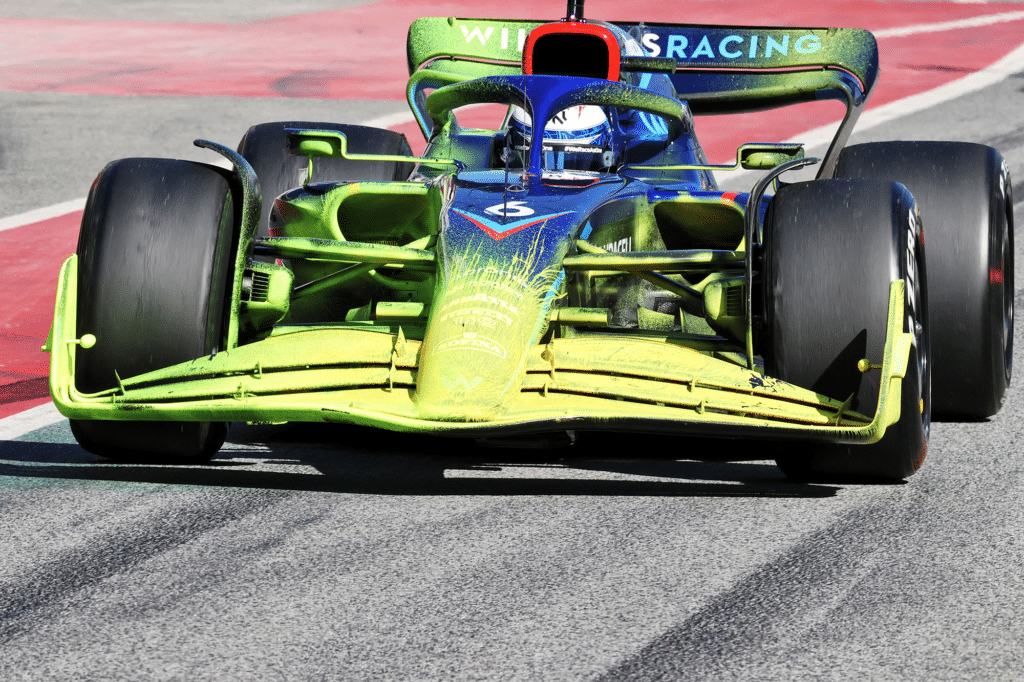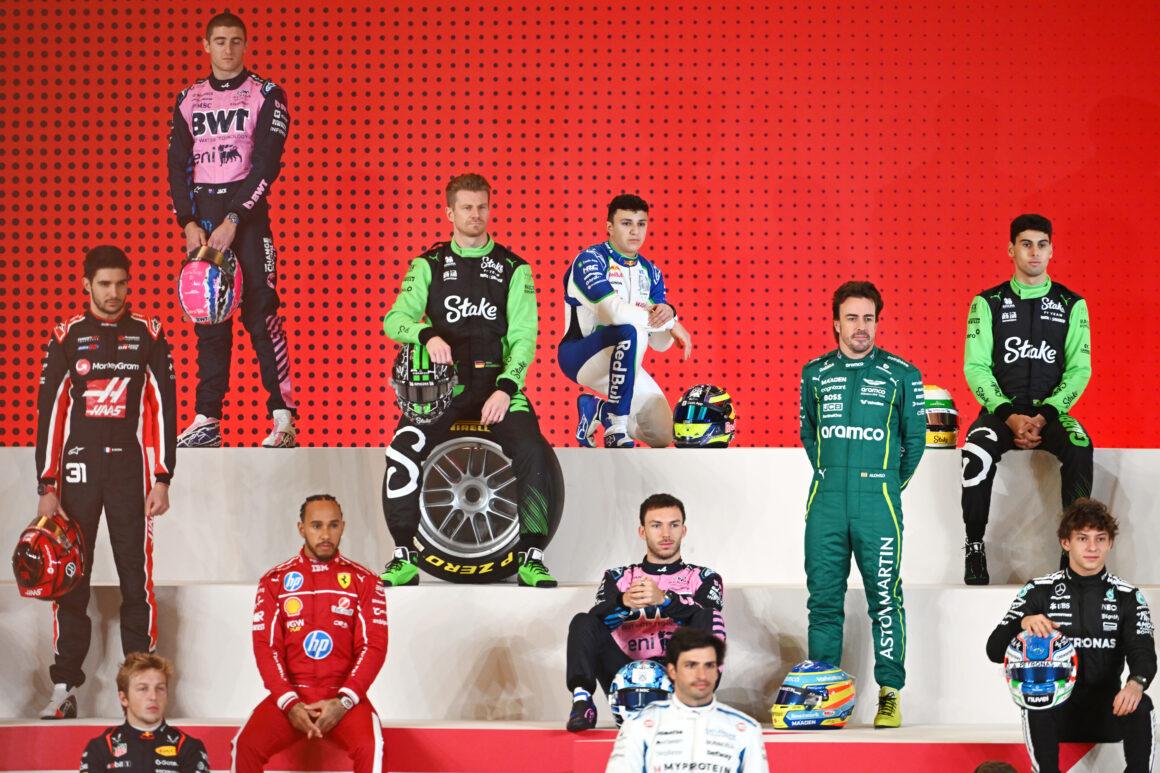Flow visualization is a crucial aspect in the world of Formula 1 racing, where aerodynamics play a pivotal role in determining a car’s performance.
In a sport where every millisecond counts, understanding airflow patterns and optimizing the aerodynamic design of the car can make all the difference.
In this comprehensive guide, we’ll delve into the importance of aerodynamic testing, flow visualization techniques, and the role computational fluid dynamics, wind tunnels, and real-world applications play in enhancing Formula 1 performance.
The Role of Aerodynamics in Formula 1
Aerodynamics is the study of how air and other fluids interact with moving objects like cars.
In Formula 1 racing, aerodynamics are critical to a vehicle’s speed, stability, and overall performance.
Teams invest significant resources in optimizing their car’s aerodynamic features to provide the perfect balance between downforce and drag.
Downforce refers to the increased grip and stability that results from pushing the car against the track, while drag, an opposing force to motion, must be minimized to maintain optimum speed.
Aerodynamic Testing Techniques
Teams use a variety of testing methods to assess and optimize their car’s aerodynamics, ranging from track-testing, Computational Fluid Dynamics (CFD) simulations, and wind tunnel testing.
Each method offers unique insights into the car’s airflow behavior and allows engineers to make informed decisions on how to improve aerodynamic performance.
By combining real-world testing with simulations, teams can validate their designs and make adjustments as necessary to enhance vehicle performance.
Flow Visualization Methods in Formula 1
Flow visualization techniques are essential tools in understanding how dirty air flows over, under, and around a Formula 1 car.
They play a vital role in detecting areas for improvement and validating CFD simulations and wind tunnel data.
In this section, we will explore the different flow visualization methods used in Formula 1.
Surface Flow Visualization Techniques

One of the most common surface flow visualization techniques in Formula 1 is the application of “flow-vis” paint.
This fluorescent yellow paint is applied to a car’s surface, and it will flow with the air as the vehicle moves around the track.
When the car returns to the pits, engineers can then observe the paint streaks left behind to gain valuable insights into the airflow behavior over the car’s body.
Photographers are often on hand to capture these flow lines for further analysis.
Not only does flow-vis paint reveal potential areas for improvement, but it can also help identify instances where the boundary layer (the thin strip of air-contacting surface) is slowing down dramatically and causing unnecessary drag.
Off-Body Flow Visualization Methods
Off-body flow visualization techniques are vital to understanding the airflow that is both influenced by and affects the surface flow but doesn’t necessarily come into direct contact with the car.
One such method involves using large aero rakes, which are arrays of sensors mounted on the car that collect data on the airflow around the vehicle.
This data can then be analyzed to determine how the flow interacts with crucial components like the wings, diffuser, and underfloor of the car, and enable engineers to optimize the aerodynamic performance accordingly.
Computational Fluid Dynamics and Formula 1
Computational Fluid Dynamics (CFD) refers to the use of numerical algorithms and mathematical modeling to analyze fluid flows.
In Formula 1, CFD simulations have become an indispensable tool for optimizing car aerodynamics.
By running simulations, engineers can assess the airflow behavior around the vehicle and identify areas for improvement while maintaining a complex set of design constraints.
Flow visualization techniques like the application of flow-vis paint are often used in conjunction with CFD simulations to validate and correlate findings, enhancing the overall understanding of a car’s aerodynamic performance.
The Importance of Wind Tunnels in Aerodynamic Testing
Wind tunnel testing is a critical component of aerodynamic analysis in Formula 1.
It allows teams to assess their vehicle’s aerodynamic performance in a controlled environment, providing valuable data that can be used to optimize the car’s design.
Wind tunnel testing is often combined with CFD simulations and real-world testing to create a comprehensive understanding of how the car will perform on the track.
With wind tunnels capable of replicating track conditions and providing precise data on airflow, pressure, and turbulence, teams can fine-tune their designs and gain a competitive edge in the high-stakes world of Formula 1 racing.
Real-World Applications and Impact on Formula 1 Performance
The real-world application of flow visualization techniques and aerodynamic testing has a significant impact on a Formula 1 car’s performance.
By implementing the insights gained from these methods, teams can enhance the car’s speed, stability, and overall performance on the track.
Properly optimized aerodynamics can lead to improved downforce and reduced drag, which can ultimately result in faster lap times and increased competitiveness.
In the ever-evolving world of Formula 1, a focus on aerodynamics and flow visualization will remain a vital aspect of achieving success on the track.

Conclusion: The Future of Flow Visualization and Aerodynamics in Formula 1
As Formula 1 continues to push the boundaries of speed and performance, the importance of understanding and optimizing aerodynamics cannot be overstated.
Flow visualization techniques, in combination with CFD simulations and wind tunnel testing, will remain crucial to unlocking a car’s full potential.
As technology advances and our understanding of fluid dynamics grows, we can expect to see even more innovative approaches to aerodynamics and flow visualization in Formula 1, ensuring the sport remains on the cutting edge of engineering and design.


